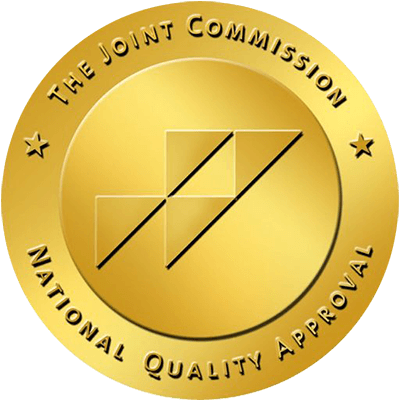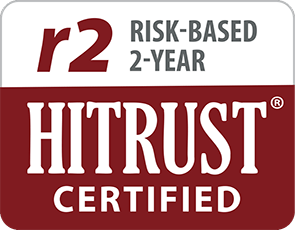Studies have shown that antidepressants relieve symptoms of depression about 40-60% of the time and additional treatments (such as therapy and lifestyle improvements) on top of medication often lead to the best outcomes.
To get the best results with medication, it’s important to consistently measure progress during treatment. This is known as Measurement Based Care, and it’s the approach we use at Brightside. It’s common to adjust the dose and/or medication when starting antidepressants until you find just the right fit.
Paroxetine is a safe and effective antidepressant. However, it’s important to keep in mind that its effectiveness varies from person to person.
If you’re interested in learning more about the scientific data the FDA used to approve paroxetine, we’ve summarized the research studies below:
First, clinical trials to test the safety and efficacy of paroxetine hydrochloride showed people with MDD, GAD, OCD, or panic disorder had a significantly lower relapse rate when taking the medication, compared to those on placebo. Other studies showed it was significantly superior for treating social anxiety disorder and PTSD symptoms compared to a placebo.
Additional clinical trials showed similar results when testing paroxetine hydrochloride CR as a treatment for MDD, panic disorder, PMDD, and social anxiety disorder. Paroxetine mesylate was also approved by the Food and Drug Administration (FDA) to treat MDD, GAD, OCD, and panic disorder based on various placebo-controlled studies.
Another type of paroxetine mesylate was approved by the FDA in 2013 as the first non-hormonal drug to treat hot flashes associated with menopause. Its efficacy was established in two phase III studies among more than 1,100 women.
























